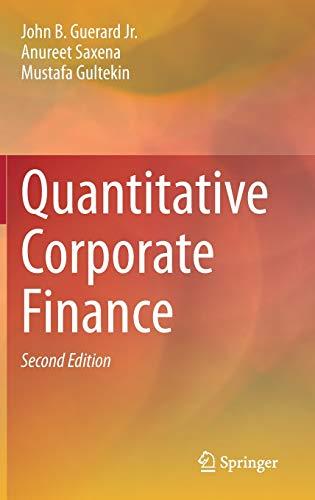
Please answer 3
A zero coupon bond with 2.5 Wars to maturity has it yield to maturity of 25% A 3-year maturity annual-pay coupon bond has a face value of $1000 and a 25% coupon rate. The coupon bond also has a yield to maturity of 25%. Does the longer maturity bond have a larger interest rate sensitivity? Why or why not? Calculate for each bond the percentage price change associated with a change of yield to maturity from 25% to 26%. Construct profit diagrams or profit tallies on expiration to show what position in IBM puts, calls and/or underlying stock best expresses the investor's objectives described below. Assume IBM currently sells for $150 so that profit diagrams/tables between $100 and $200 (in $10 increments) are appropriate. Also assume that "at the money" puts and calls cost $15 each. (As usual, the profit calculations ignore dividends and interest.) (a) An investor wants upside potential if IBM increases hut wants (net) losses no greater than $15 if price decline. (a) An investor wants to upside potential if IBM increases but wants (net) loses no greater than $15 if prices decline. (b) An investor wants to capture profits if IBM declines in price but wants a guaranteed limited loss if prices increase. (c) An investor wants to capture profits if IBM declines in price and is ready to accept unlimited losses if prices increase. Further, the investor wants to break even if the stock price does not change between now and the maturity of the options. (d) An investor wants to profit if IBM's upcoming earnings announcement is either unexpectedly good or disappointingly bad. Consider the following portfolio. You write a put option with exercise price 90 and you buy a put option on the same stock with the same expiration date with exercise price 95. (a) Plot the payoff of the portfolio at tin- expiration date of the options. (b) Which option must cost more and why? Make your argument using no-arbitrage reasoning. On the same graph, plot how the profit of the portfolio would appear relative to its payoff. A stock hits a price of 100. It is expected to pay a dividend of $2 per share at year-end. An at-the-money European put option with 1 year maturity sells for $7. If the annual interest rate is 5%, what must be the price of an at-the-money European call option on the stock with 1 year maturity
 Please answer 3
Please answer 3





